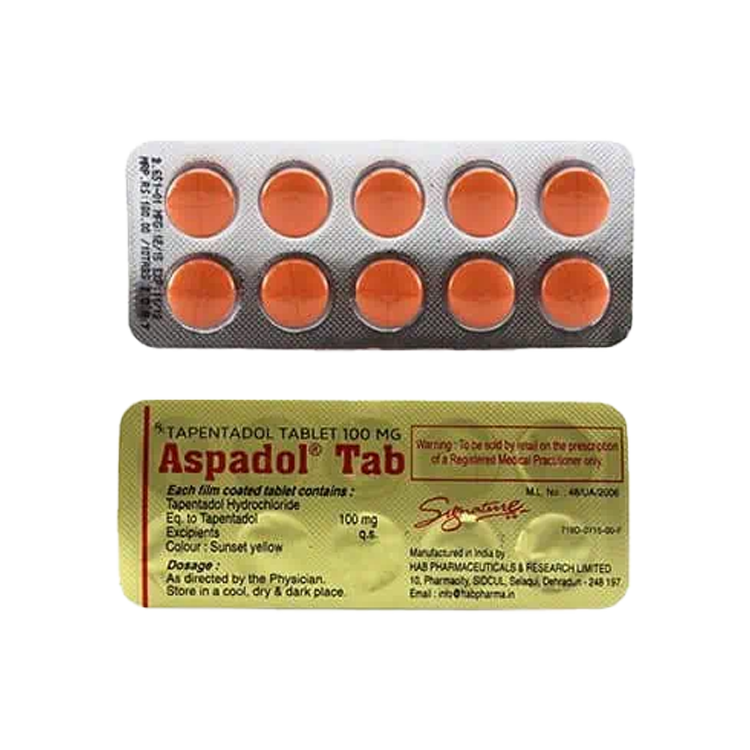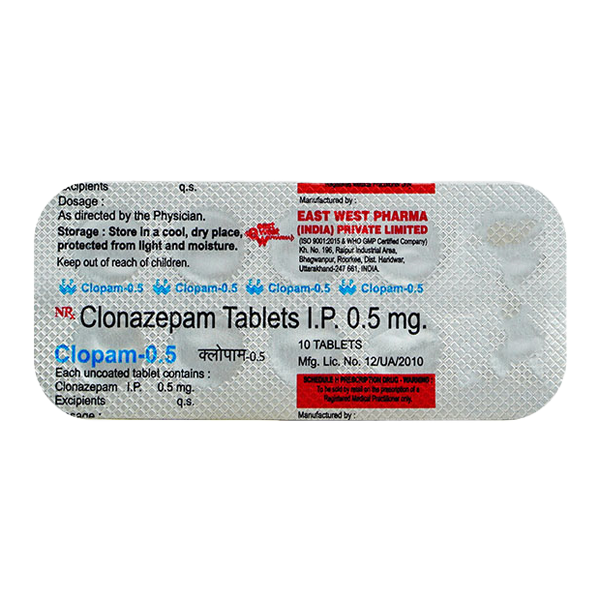Description
Mechanism and Pharmacokinetics
Tapentadol is a centrally acting synthetic opioid that provides pain relief through two mechanisms: activation of the mu-opioid receptor and inhibition of norepinephrine reuptake. This dual action may enhance its effectiveness while reducing some traditional opioid drawbacks. Tapentadol has a half-life of approximately 4 hours and is primarily eliminated through the kidneys and, to a lesser extent, via the stool.
Unlike conventional opioids like morphine or oxycodone that rely solely on mu-opioid receptor activation, tapentadol’s combined mechanism offers a broader approach to pain management. It is considered a synthetic opioid with a potentially lower risk of typical opioid-related side effects.
Formulations and Usage
Tapentadol is available in oral tablet form in doses of 25mg, 50mg, 75mg, and 100mg. It comes in three main formulations: immediate release (IR), prolonged release (PR), and oral solution. The IR form is rapidly absorbed and has about 30% bioavailability. The PR formulation can provide pain relief for up to 12 hours and is often used for managing chronic pain, including back pain, osteoarthritis, and cancer-related pain.
Side Effects and Benefits
While opioids generally carry a risk of side effects, tapentadol may have a more favorable profile. It causes less gastrointestinal discomfort, has minimal impact on hormone levels, and may even improve sleep quality in patients using the PR version. Clinical trials have shown it to be effective in both acute and chronic pain scenarios.
Back and Cancer Pain
Tapentadol has shown strong efficacy in treating chronic lower back pain, thanks to its unique dual-action mechanism. It’s also proven effective and well-tolerated in cancer patients, even among those previously treated with other opioids.
Abuse Potential
Although tapentadol is an opioid, its risk of misuse is considered relatively low. Studies show non-medical use of the IR form is rare, and it has a lower abuse rate compared to some other opioids like oxycodone.
Safety and Tolerability
Tapentadol has demonstrated good tolerability across different age groups, including pediatric patients. Long-term use, especially in prolonged release form, is generally safe and associated with fewer side effects like nausea and constipation when compared to traditional opioids. However, caution is advised for individuals with respiratory issues, as high doses may lead to respiratory depression.
Regulatory Approval
Tapentadol PR is approved in the EU under the brand name Palexia® and received FDA approval in the U.S. in 2008 for moderate to severe pain. In 2012, its use was expanded to include diabetic neuropathic pain.

 STORE OPEN | LATEST UPDATE:
STORE OPEN | LATEST UPDATE:














Reviews
There are no reviews yet.